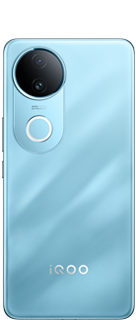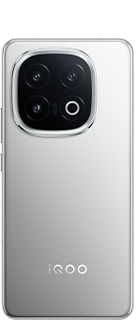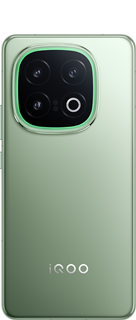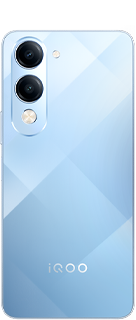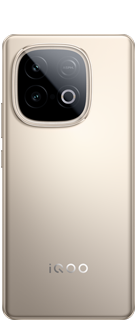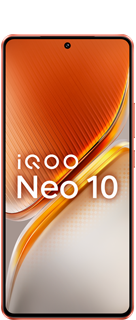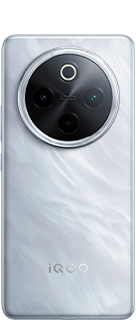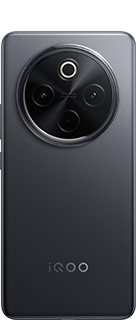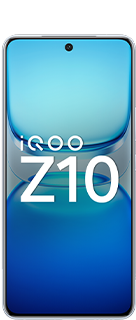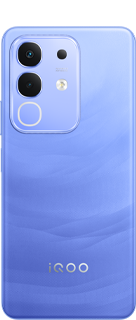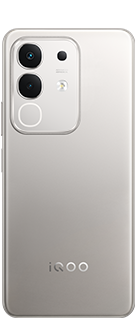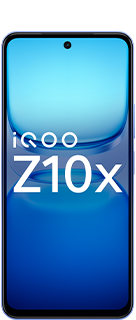TOP 5 BEST TIPS AND Tricks to take good photos with a phone 🤩❤️
Hey Questers Moderators And Rangers Today i am Sharing You Tips and trick regarding to take good photos with a phone 🤳❤️
1. Capture Multiple Shots

One of the best things about smartphone photography is that you can take as many photos as you want and there is no need to print them off to see the results. This makes it much easier to learn and improve from your results. Burst photos are good to use when using your smartphone for photography they allow you to capture multiple shots as your subject moves. Once you've taken a set of burst photos, you can then select the best shots.
Pick up your phone and open your camera app. What are the different modes that you can shoot in? Have a look at your settings, are the images it’s taking the highest quality they can be? Can you shoot in Raw?
Start by taking some time to find out exactly what your phone’s camera is capable of. Analyse the auto mode and look at how it focuses and takes an exposure to light, this is normally done by touching the screen where you want the focus point to be, but it’s good to check.
Phone cameras today tend to have a multitude of shooting modes, for quick and easy shooting (much like the dial on your DSLR!), so here’s a little breakdown:
Portrait – Best for taking pictures of people
Food – Great for close-up shots
Macro/Close-up – For those shallow depth-of-field shots!
Panorama – This setting stitches multiple images together automatically to create a panoramic image
Scan – Scanning text/printed documents to your phone.
Pro – Some smartphones have the “Pro” mode. This is one that you’ll want to use as it enables you to break out of automatic settings and set your own ISO, exposure compensation, white balance and shutter speed – the availability and flexibility of this setting will largely depend on the make and model of smartphone that you have. If you don’t have this option on your smartphone, Lightroom mobile enables you to use the “professional” setting when capturing images within the app!


Stick to Outdoors and use natural light where possible
Very few smartphones can produce excellent indoor shots due to their small sensors. As such, it’s best to take photos outdoors in the proper lighting conditions to get better results. Lighting determines not only brightness and darkness, but also mood, tone and the atmosphere of the photo. Therefore, try and use natural light when taking photos on a smartphone.

2. Use HDR
HDR mode stands for High Dynamic Range, and it is increasingly common on many smartphones. It adds detail from the dark and light areas to provide better balanced exposure. In other words, it will stop the sky being too bright or the ground being too dark and really suits landscape photography. If there’s a big difference between the lightest and darkest parts of your scene, using the camera phone’s HDR function it’s a good option.
3. Use Editing Tools

You have easy access to editing tools, whether in the camera phones built in editor, or by using more advanced phone apps like Adobe Lightroom or Photoshop. Using these apps you can crop and touch up your photos in seconds. And don’t forget here at The School of Photography we teach Lightroom, Photoshop and much more in our membership option.
4. Use compositional rules

One of the main pillars of photography, proper use of compositional techniques is key to taking great smartphone photography. Here’s a reminder of some of the rules:
Rule of thirds – your phone may even have an option to grid your screen as you shoot to help you with this! In the rule of thirds, an image is split into nine equal blocks that form a three-by-three grid. You should aim to get the most interesting parts of your image near the corners of these segments, where the imaginary gridlines meet. Using the rule of thirds give a more natural feeling to the image and allows the eye to flow around the picture with ease. In contrast to this, placing things symmetrical in your frame will give a clean and clinical feeling (which can also be a good look).
Rule of Odds – This is where you use an odd number of subjects in an image – it gives a sense of natural disorder and is particularly useful when you’re taking nature shots.
Leading Lines – Incorporating a leading line into the image suggests depth and distance in a scene. You can learn all about this technique here.
Symmetry – Sometimes, using symmetry in an image can really help put across a clinical and ordered feel to an image. You can learn all about the rule here.
Negative Space – Negative space is the space in an image that isn’t filled by the main subject of the image.
Pattern – Capturing patterns in photography can create visual intrigue to an image, here’s a full blog post to teach you all about it.
Rule of triangles – This technique is great when you’re capturing groups of people! You want to create triangles in your image for more even compositions.
Learn more composition tips and how to take better pictures in our course the .
5. If dark, rest the phone on a flat surface

In dark conditions you can sometimes get camera shake, leading to blurred results. The camera will also push up the ISO which will lead to noise in your pictures. To reduce this simply lean your phone on a flat surface like a wall, table, ledge. This is a great bit of advice if you want to take pictures in a concert, music venue, bar or anywhere that has dark conditions.
Alternatively, you can also purchase additional lighting for your phone – more on that later!
6. Download Better Apps
The standard apps are pretty good on most smartphones, but there are others to try out. Editing apps offer more features, settings and filters to take your photos to the next level. Some good editing apps for phones are:
1. VSCO Cam can be used on iPhone & Android.
2. Snapseed can be used on iPhone, iPad & Android.
3. Instagram can be used on iPhone, Android & Windows Phone.
4. Flickr can be used on iPhone, Android & Windows Phone.
5. Lightroom can be used on iPhone, Android & Windows Phone.
6. Photopills Is a great app for every photographer to have on their phone!
7. Moment - If you're Investing in their extra lenses, their app is a great accompaniment.
7.Additional accessories




A more recent development for the realm of smartphone photography is the now huge array of camera accessories you can get. Brands like Joby, Moment, Apexel and Shiftcam offer an array of lenses, filters and other accessories for your smartphone to stretch the abilities of what you can capture on your phone to the maximum extent possible, without having to upgrade your current handset.
Cases – Specially designed cases enable you to attach additional lenses, lights and other accessories.
Lights - Attachable ring lights and tiny led boxes add more light and are helpful If you tend to shoot in low light.
Lenses – Additional lenses that can be anything from fisheye to telephoto, even microscopic!
Tripods – Get that stability for longer exposures!
Filters – Customise your attachable lenses with filters you can fix to them.
Remote trigger – There’s no need to use your timer and hope that you got the shot – click the remote shutter and it’ll take the photo via Bluetooth connection.
Printer – The best thing about phone photography is that it’s instantly able to be shared, why not printed? You can print instantly from your phone with instax.
8.Do you need a Better Phone?
It sounds obvious, but sometimes the best way to take better photos is to simply get a better phone. You can read all the photography tips you like, but the fact is that smartphone camera quality varies greatly, so make sure you get one that is capable of taking the photos you want.
What phone has the best camera in 2024? Here’s a few we’ve picked out.
Here are some of the best iQOO phones for photography:

- *iQOO Neo 9 Pro*: With a 50-megapixel primary camera, 8-megapixel telephoto lens, and 16-megapixel front camera, this phone offers excellent photography capabilities ¹.
- *iQOO 12*: This phone boasts a 50-megapixel primary camera, 64-megapixel telephoto lens, 50-megapixel ultra-wide-angle lens, and 16-megapixel front camera, making it perfect for photography enthusiasts ¹.
- *iQOO Neo 7 Pro 5G*: Featuring a 50-megapixel primary camera, 8-megapixel telephoto lens, 2-megapixel depth sensor, and 16-megapixel front camera, this phone offers impressive photography features ¹.
- *iQOO Z9s Pro 5G*: This phone has a 50-megapixel primary camera, 8-megapixel telephoto lens, and 16-megapixel front camera, making it suitable for photography ¹.
IQOO 13 ( Upcoming) : iQOO 13 is rumoured to house a 50MP Sony IMX921 primary camera, a 50MP Samsung ISOCELL JN1 ultra-wide-angle lens, and a 50MP Sony IMX826 telephoto lens.
In comparison, the iQOO 12 featured a 50MP Omnivision OV50H, a 50MP ultrawide sensor, and a 64MP 3x OmniVision sensor.
These phones offer a range of features that make them well-suited for photography, including high-resolution cameras, multiple lenses, and advanced software capabilities.
INFORMATION CREDIT : Google
Follow For More : @TESVIPER10
I QUEST ON AND ON
Please sign in
Login and share
